Bula
In 2006, we visited Fiji.
After we returned from Belize, I really wasn’t happy to be back in Montreal. The first winter back was bad and the second was worse. There was one period where the temperature did not go above 0 degrees for six weeks and I simply did not want to live in Montreal any longer. I decided that I was going to look for another position running a Dive Operation somewhere.
After a few weeks of research, I came across an ad looking for a PADI Instructor with experience to manage the operations of a new dive shop at a Hilton which was being built in Fiji. I applied online by providing my credentials and the owner showed an immediate interest. They needed someone soon. After a week or so of back and forth emails, we decided that we would go and visit.
The company offered to provide us accommodations if we paid for the airfare and Yim said, “Why not. We only have one life to live”.
So we booked our flights and off we went. We really had no idea just how long 23 hours on a plane was. We left from Montreal and flew to Los Angeles and then flew to Fiji. Along the way, I remember us touching down on some South Pacific Island but I don’t remember which one because I think we had finally fallen to sleep and then we landed in Nadi International Airport. We were exhausted and no one was at the airport to meet us but we had been told to take a taxi to a certain address and keys would be under the mat outside the door, which we did and fell straight to sleep when we got there.
The next morning, we were feeling refreshed and I was excited to get going. The company told us they would pick us up and take us out to Beachcomber Island, part of the Mamanuca Islands, where we would be staying and the ride out was gorgeous.
The Mamanuca Islands are a volcanic archipelago lying to the west of Nadi and to the south of the Yasawa Islands. The group consists of about 20 islands, but about seven of these are covered by the Pacific Ocean at high tide.
Before the arrival of tourism, the Mamanucas were used as fishing grounds by the people of Nadi on Viti Levu. The majority were never inhabited due to the intense sun and lack of fresh water. Only three of the larger volcanic islands – Malolo, Yanuya and Tavua – supported fishing villages. The majority of islanders sought out new opportunities on the mainland.
After a 40 minute boat ride, we arrived at the island and met the owner, who brought us to the dive operation they ran on Beachcomber, which was pretty rustic. We met a few of the crew members, who were VERY young and then they showed us where they were going to have us stay and Yim took one look at the room and said, “I’m not staying in here”. It was a back room off the dive shop with no bathroom and basically a double cot. Disgruntled after a VERY long flight halfway around the world, I went to speak with the owner and she said the only other option was to stay in the dormitories on the island, which were basically party central for gangs of kids on vacation and we said “No”.
This made the first day very uncomfortable for us until the owner suggested we stay on Treasure island, which we could see about two miles away from us (see the view looking towards Treasure Island below). There we could have our own Bure and we were happy with that. However, the relationship had gotten off to a very bad start.
We happily packed our gear and headed across to Treasure Island – a self contained island completely dedicated to the resort, with 42 self contained Bure’s, lush vegetation and a picture-perfect tropical vibe. Our Bure was tucked away behind some palm trees a short distance from the ocean / lagoon. We were also provided with nearby hammocks and beach chairs, in which to laze around all day. The resort had a wonderful restaurant and Fijian performers every evening for entertainment.
The next morning I was to meet with the Dive Crew and took the boat over to Beachcomber Island with Yim so we could go for a few test dives to check out the reefs and get a feel for their boats and gear.
They were a young crew and that was fine. I was supposed to be managing a team there and I wanted to see how they led their dive tours. Our first dive of the day was along the reef. It was a Drift Dive. It was also the first time that I had to walk down a beach with our diving gear, including tanks and board a boat that was not tied up on a dock and it wasn’t that easy. The boat was being constantly moved by waves while our feet sank in the sand during each incoming wave and quite frankly, I didn’t think having guests carry their tanks down the beach to the boats was a very good idea.
On our boat trip out, the Divemaster told us we were headed to Naiqoro Passage. We were told that the dive was known for its strong currents and that it would be a drift dive.
Yim and I had no frame of reference what a drift dive here was like. In Belize, with a very slow current, we had drift dives but they were easy. It mostly meant a little less fin kicking. Here, the current made the dive feel as if we were flying. We were told we would had very little time to stabilize once we were over the side and into our descent. The Divemasters had us all hold a line affixed to the boat so we could descend at the same time and once we did, off we went. It was all I could do to hang onto Yim so we could stay together.
At one point, we tried to stop, or at least to slow down to look at something but we simply could not and the Divemaster was waving at me frantically to NOT stop. It became obvious to me that if we stopped, we would lose the group as they could not stop. Most of the divers were barely certified and didn’t know any better. I remember thinking, “I am probably the only one down here with enough experience to be doing this dive”.
The other thing I noticed was that several of the young divers were terribly hungover from the night before but apparently, that was pretty par for the course on Beachcomber Island. It was a party island.
Needless to say, the dive was exhilarating for me and terrifying for Yim. She’s a real trooper but this was far too advanced for even for an Advanced Scuba Diver like she is. We were being swept along the reef without any real sense of control. So we both figured it out and signalled to each other that we would simply go along for the ride on the dive and follow the group – we didn’t have a choice. After that. we simply enjoyed drifting along the reef but we could not really enjoy any of the coral or sealife as we were too busy making sure we simply stayed with the group.
Upon surfacing and getting back in the boat, Yim looked at me and said, “You dive the next dive. I’ll go enjoy the beach”.
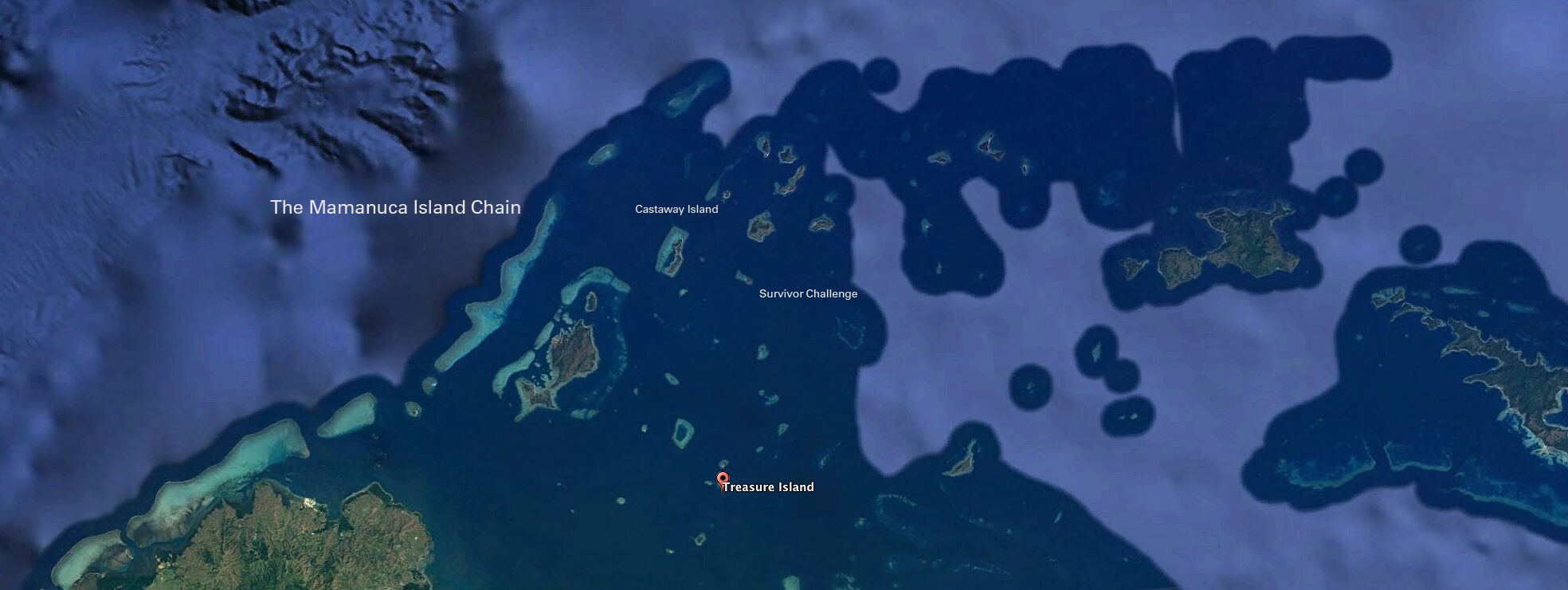
Next day, off I went while Yim stayed on the beach at the resort. This days diving was going to take place within the Mamanuca Lagoon.
Sheltered by a large barrier reef, the Mamanuca lagoon offers shallow dive sites with calm conditions and plenty of coral-clad reefs to explore. We were going to dive Plantation Pinnacle and Three Bommies dive sites, which feature pinnacles rising from deep water, with slopes decorated with hard and soft corals and anemone gardens.
Plantation Pinnacle was a great spot for beginners and more experienced divers, with beginners able to explore the top of the coral reef at depths of about 6 to 10 metres, while the more experienced divers could explore the depths (about 25 metres).
The Three Bommies dive site are literally just that: three conical bommies (Bommies are the Australian term for a Coral Outcrop), with flattish tops adorned with hard and soft corals, a few bright red sea fans down the bottom and anemones, complete with clownfish dotted about and topped out with colourful heads of table coral, elkhorn coral and staghorn coral in great condition. The dive was very close to Castaway Island. Yes, the Castaway Island from the Tom Hanks movie.
On this dive, we had several Japanese tourists with us and at one point, they were literally walking on the reef with their fins on because they could not achieve neutral buoyancy. After the dive, I mentioned this to the Divemaster he told me that the owners had told them not to say anything, that it was bad for business, which was a real red flag for me.
The next day we dove on Rainbow Reef in the morning. This vibrant underwater playground was home to an array of soft and hard corals, earning its reputation as one of the world’s most colourful dive sites. I was blown away. I had never seen such healthy coral. And I had never seen Bubble Coral (photo below) before. Divers can explore a series of stunning coral outcrops, swim-throughs, and pinnacles while encountering a diverse range of marine life, including reef sharks, turtles, and an abundance of tropical fish.
One of the highlights of diving at Rainbow Reef was the famous site known as the “Great White Wall.” This vertical wall is covered in white soft corals, creating an otherworldly landscape. As divers descend along the wall, they are surrounded by a sea of white, an awe-inspiring sight that is truly unforgettable.
In the afternoon, we dove a site called Clownfish City, a popular site known for its large population of clownfish (photo above) living among the magnificent anemones. The Coral Gardens provide an opportunity to explore shallow areas with an abundance of hard and soft corals, making it an ideal spot for snorkelers as well. The Eel Garden is named after the large number of garden eels that inhabit the sandy bottom, creating a fascinating sight as they sway in unison with the currents.
This was a perfect second dive of the day – shallow waters and gorgeous corals.
Hanging out on Treasure Island
At the end of Day 5 of diving twice a day to check out as many sites as I could and to get a sense of who I could be working with, I told the crew I was going to spend a day with Yim snorkelling the reefs off Treasure Island. We had been on Fiji for one week now.
Yim had made some friends on the beach the day before and they were back. She had told me they could not find the reef offshore and I said, “I can see it from here” and off I went, snorkel in tow. About ten minutes later, I waved at Yim to come join me and we spent the day swimming along a spectacular reef. Yim and her friends had simply not gone far enough offshore. You can see the surrounding reef in the photo of the island below.
It was some of the best snorkelling we have ever done, I saw a Crown of Thorns starfish for the first time and Giant Clams (photo below) , which amazed us. The giant clam is the largest bivalve on the planet. It can weigh more than 440 pounds and reach more than 6 feet in length. In ancient Fiji the shells grew so big they were used as baths for the children of chiefly families. It was another of those amazing moments I have enjoyed in my life and this time Yim was right beside me as we just floated over the top of one after another giant clam.
The Crown of Thorns starfish (photo below) was another surprise for me. They are devastating creatures that have caused mass destruction to some of the world’s most beautiful coral reefs. Crown of Thorns starfish usually eat the polyps of hard, relatively fast-growing stony corals, such as staghorn corals. If food is scarce, they will eat other coral species. They feed by extruding their stomach out of their bodies and onto the coral reef and then using enzymes to digest the coral polyps. This process can take several hours. After the coral polyps are digested, the sea star moves off, leaving only the white coral skeleton behind.
In many places around the planet, divers and conservationists reduce Crown of Thorns starfish numbers by injecting them with bile salt or vinegar. This kills the starfish but doesn’t harm the surrounding ecosystem.
Treasure Island also had a Dive Shop, which was run by the same group I was interviewing with and since I knew a little more about the dive sites now, I decided than Yim and I could take an afternoon dive with the group.
We had brought all our own equipment – two large bags filled with BCD’s, regulators, fins, masks – the works, and when we wandered over to the dive shop, our gear was gone. I got a little panicky but the Divemaster on duty told me that some of the guests had insisted they use our equipment so they let them.
I was not a happy potential Dive Shop Manager / Instructor at this point.
A couple of hours later, I wandered back down to the dive shop to make sure my gear had been returned, packed it all up and brought it to our Bure for safekeeping.
After the first week, I asked the owners husband to show me where the new Hilton was actually being constructed and he brought us ashore and set us up in a very nice condo (theirs actually), in a marina before taking us to the future location. From what I could see, it may have been months or it may have been years until the resort was operational. Yim and I were not impressed.
The next day we told the owners that we wanted to spend a few days looking for potential homes on the island, which they agreed was a good idea. We told them we wanted to get a feel for the neighbourhoods in Nadi and where we would be living and buying groceries etc.
One of the things we learned during these few days travelling around was that more than 50% of the population of Fiji is of Indian descent and the remainder is a mixture of Chinese, European etc. Virtually all of the native Fijians live throughout the country in more rural communities, while the Indo-Fijians resided primarily near the urban centres and in the cane-producing areas of the two main islands. Indians were brought into Fiji in the late nineteenth and early twentieth centuries to work on sugarcane plantations as indentured labourers. At the same time, British colonial rule, characterized by negative paternalism, deprived the indigenous Fijian people of the fruits of their most valuable asset, land. One hundred and fifty years later, the negative changes this created are still very evident.
When we went looking for neighbourhoods to live in, we saw mostly residents of Indian descent, not Fijians, which altered the concept of moving to Fiji, as part of the allure was the opportunity to be immersed in Fijian culture.
The towns were very rough looking, lots of grafitti and garbage strewn about unless we were inside a gated community and many of the homes we did look at for rent had barbed wire fencing on top of fences around the property. Neither of us got a good vibe about any of the places we visited.
A day or so later, we visited Suva, the capital of Fiji. Suva is a port city with British colonial architecture, which kind of bummed me out that the British colonized so much of the world and destroyed cultures along the way, but we did visit the Art Village at Pacific Harbour, which featured a traditional Fijian Boat and Warriors, which Yim easily chatted up for a photo. It was promoted as a potential place for expatriates to live but it was too far from Nadi.
On our way home, we came across a group of boys trying to lead a Brahma Bull down a road and their rope snapped, leaving the bull to simply wander off but I managed to get them to pose for a photo. Cute kids. There are so many amazingly different types of culture on our planet. The simplicity of these kids made us smile.
The following day, something very cool happened and I don’t remember how but we were invited to what we were told was ‘The Kings Village”. I had doubts but it seemed worth a try. We got the directions, jumped in the car and headed off. A little while later, we arrived at a sleepy little village with many old wooden stalls set up. Looking back and doing some research while writing this leads me to believe we were probably told to go to The Kings Road, which travels from Tavua to Rakiraki, and stumbled across this village, which was probably Tavua, by luck.
Within 15 minutes of arriving, Yim and I realized that the locals were selling REAL fresh water pearls on necklaces for $6 or $7 Canadian. That year, all of the girls in the family, including our nieces all received 100% real Fijian pearl necklaces for Christmas. What a find!
We went back to our condo that night and discussed everything that had happened over our two week stay and decided that we didn’t want to move to Fiji, that it was just too damn far from everything and everybody we knew and that the dive operation really wasn’t a project we had any faith in nor did I like the way it was run and we felt that moving halfway across the world would be a big mistake. Travelling here made me realize I didn’t want to live the lifestyle of a scuba instructor.
We wanted a better overall lifestyle so we called the owner, told him of our decision, got a good nights sleep and got on a plane to Montreal the next day.
Oh, and by the way, they didn’t live up to their promise of providing us accommodations. We had to pay for our stay at Treasure Island, although we did have a wonderful time there and looking back have no regrets. Every night’s dinner was unique and always included some type of local cultural entertainment. At least they provided us with a car and a condo for a week but it certainly made our decision feel like the right choice.
As Yim said, “You only have one life to live”.

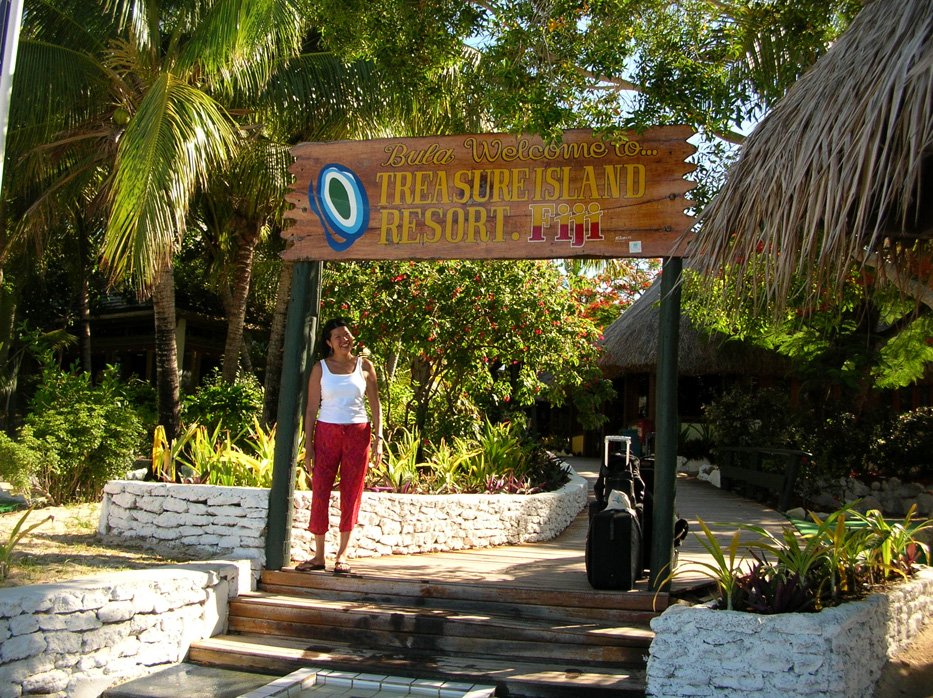
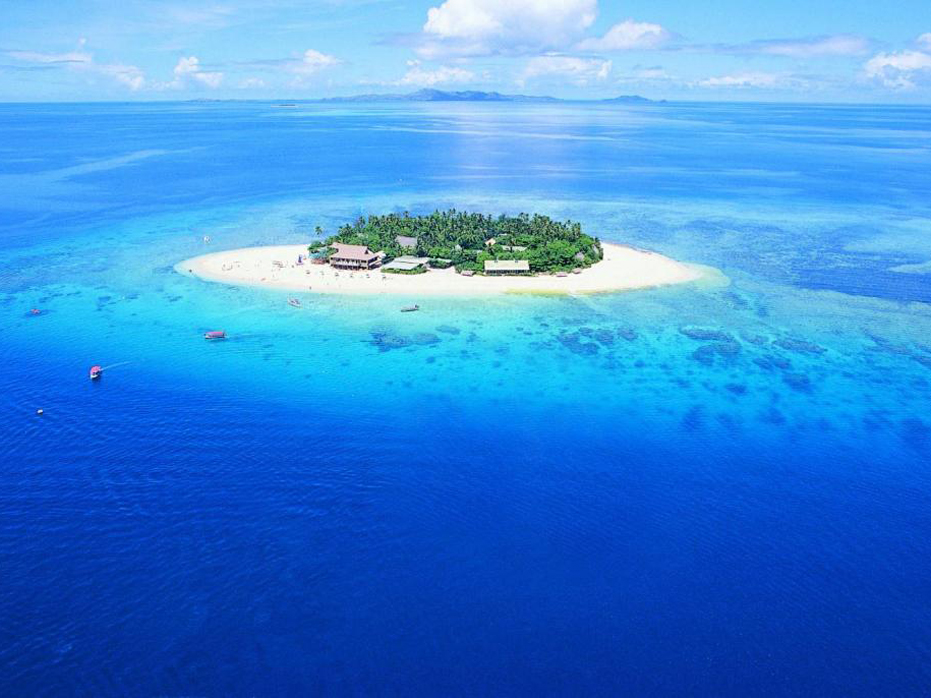
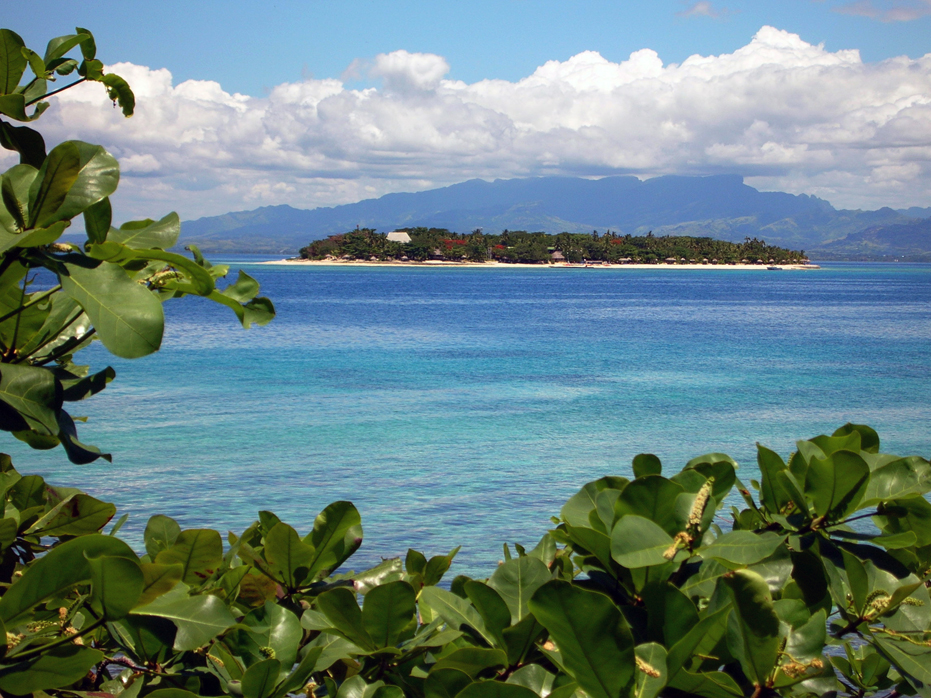
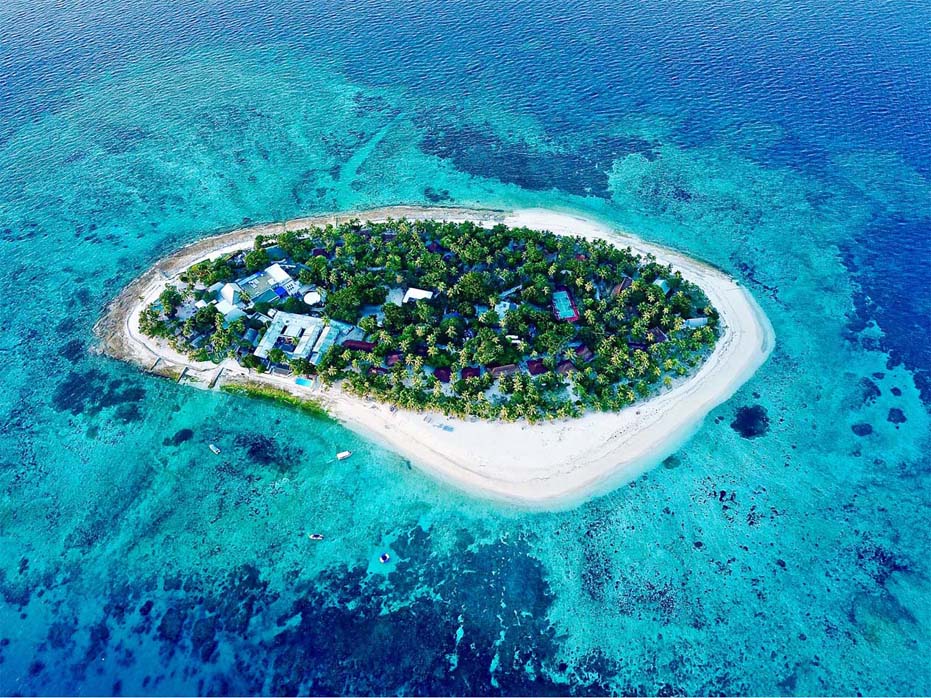
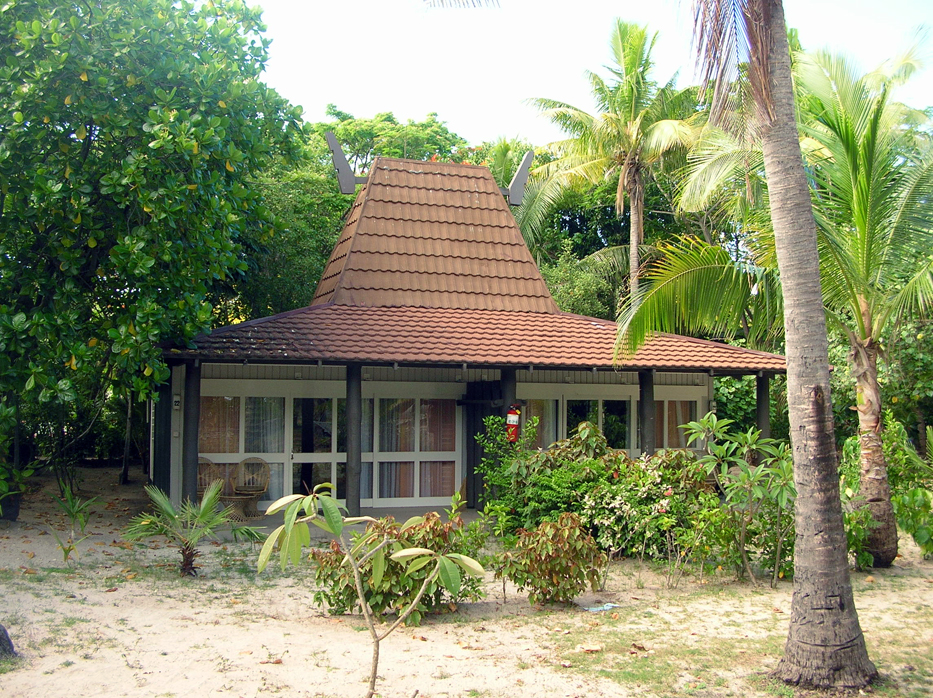
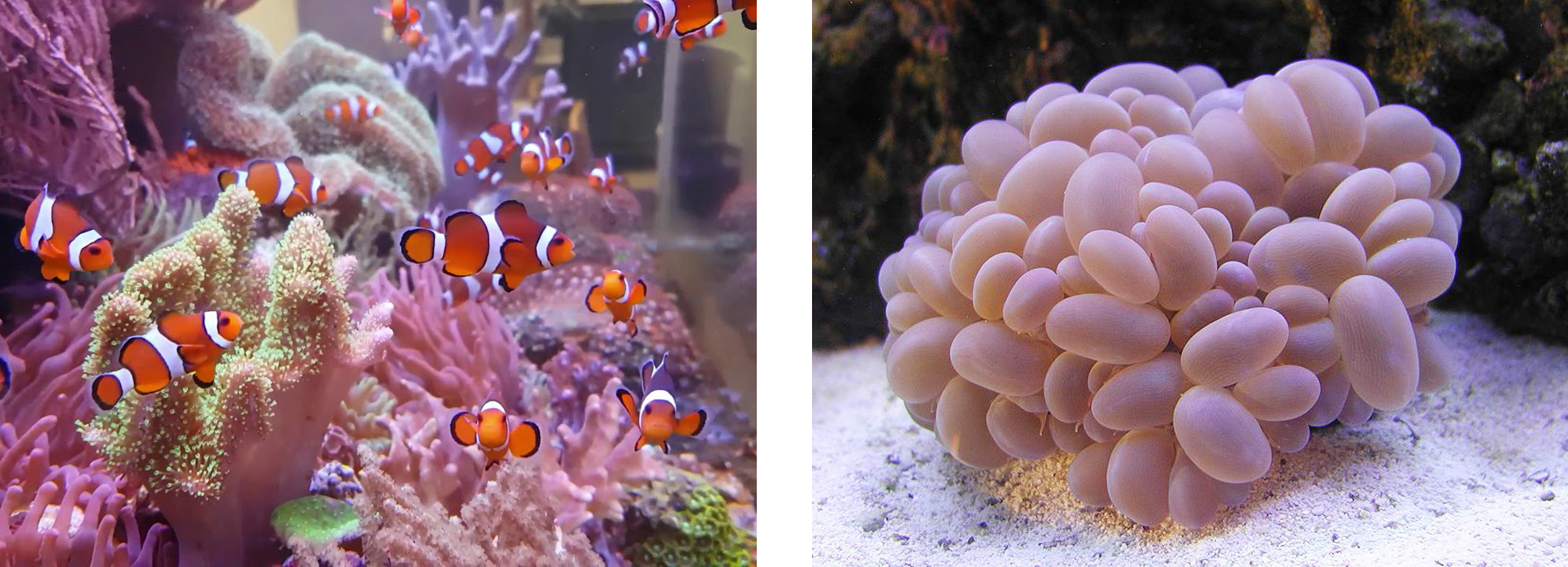
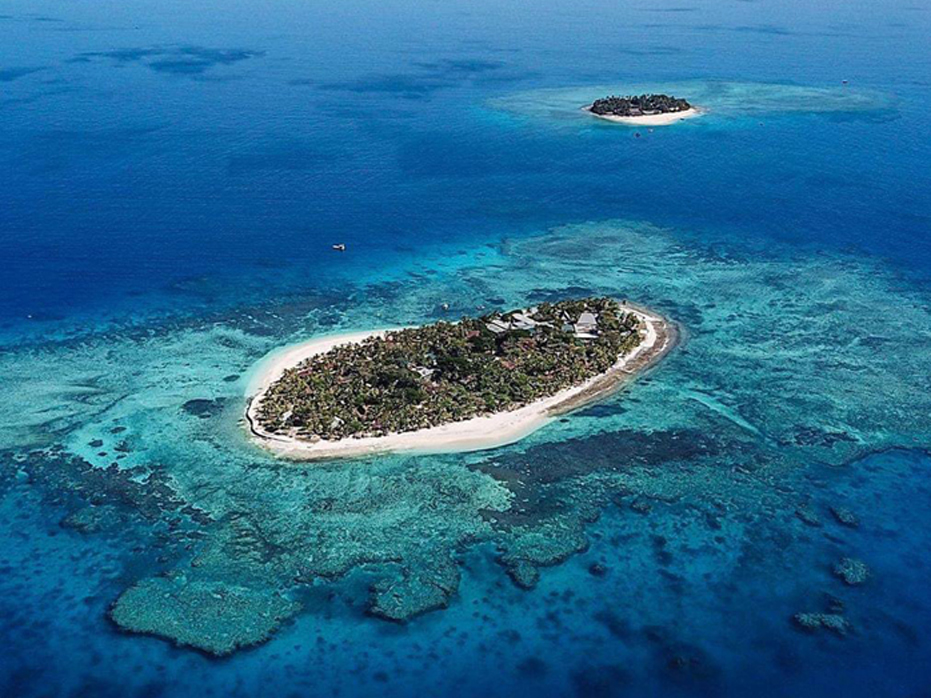
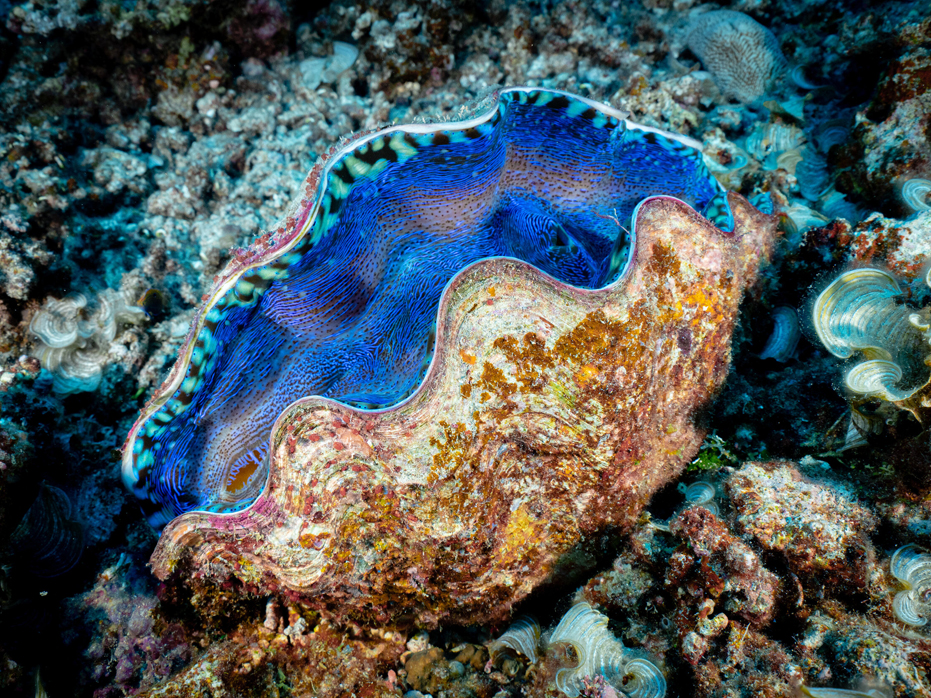
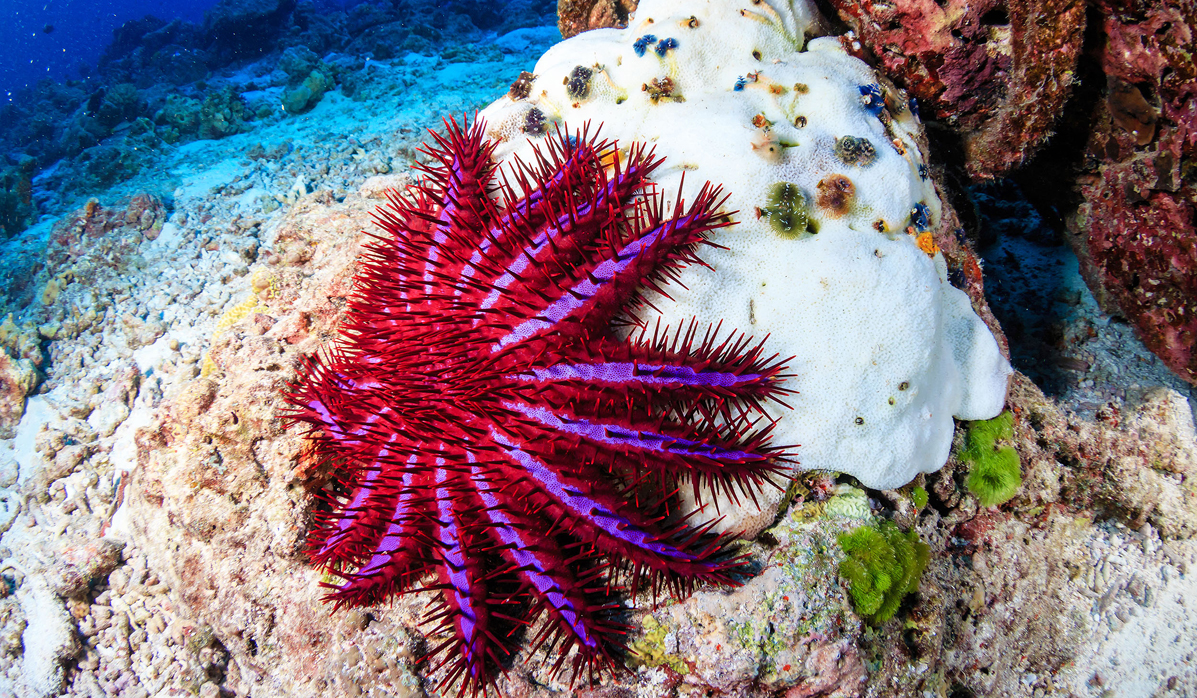
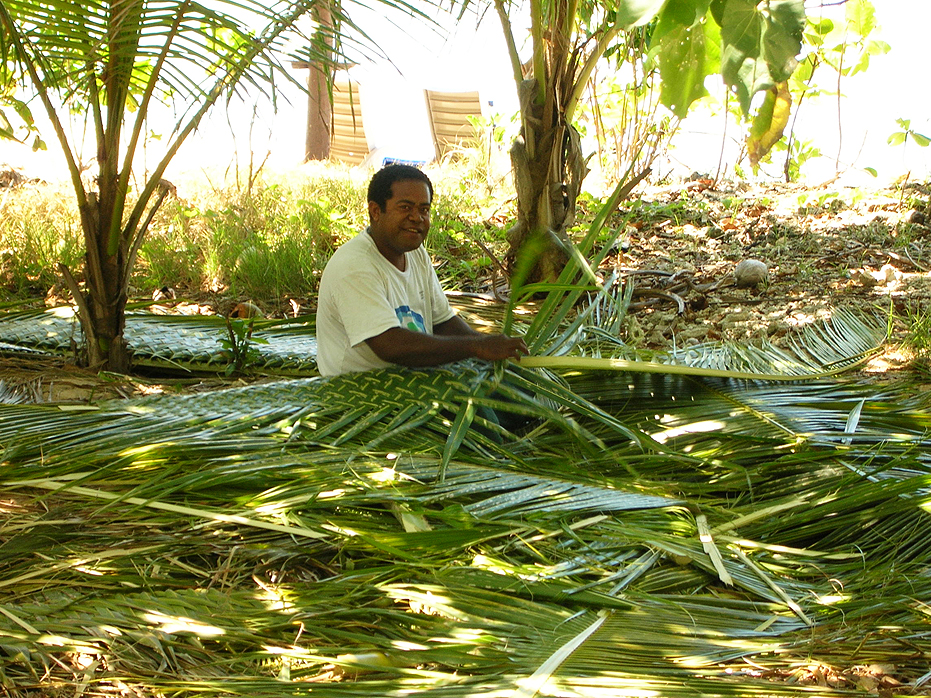
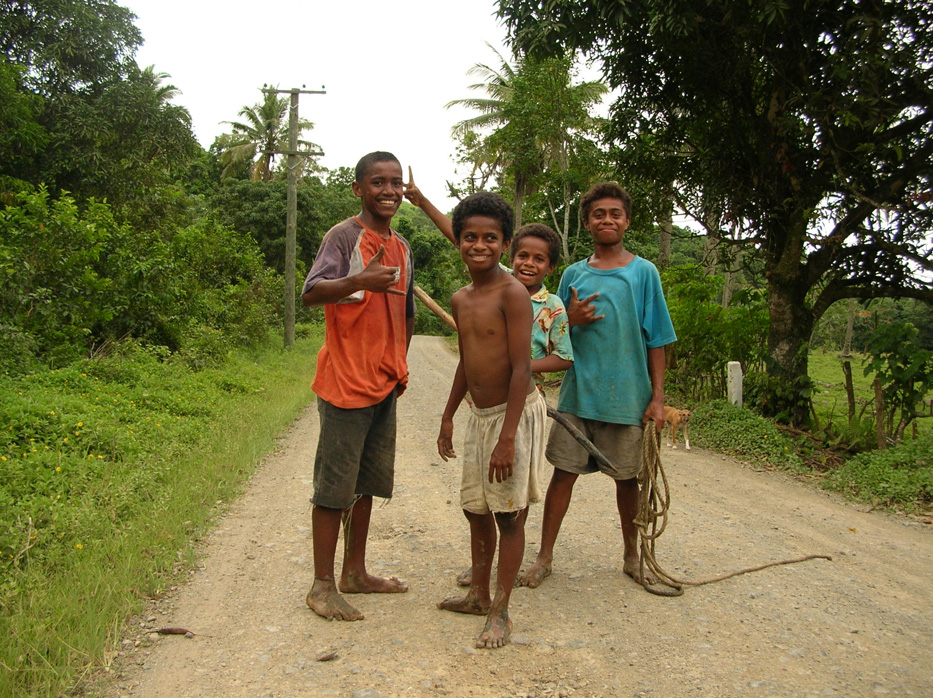
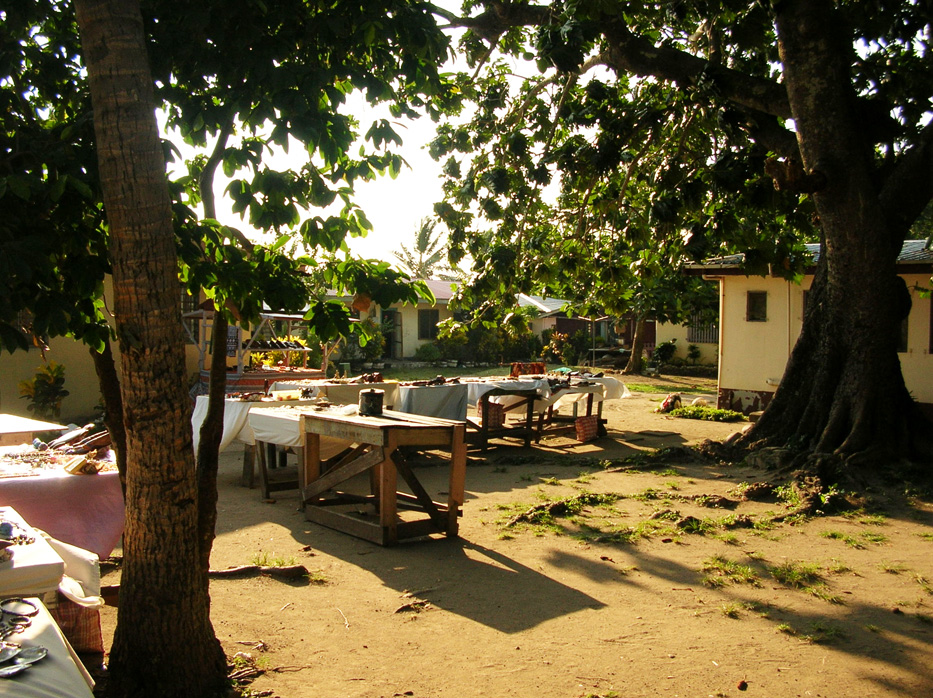
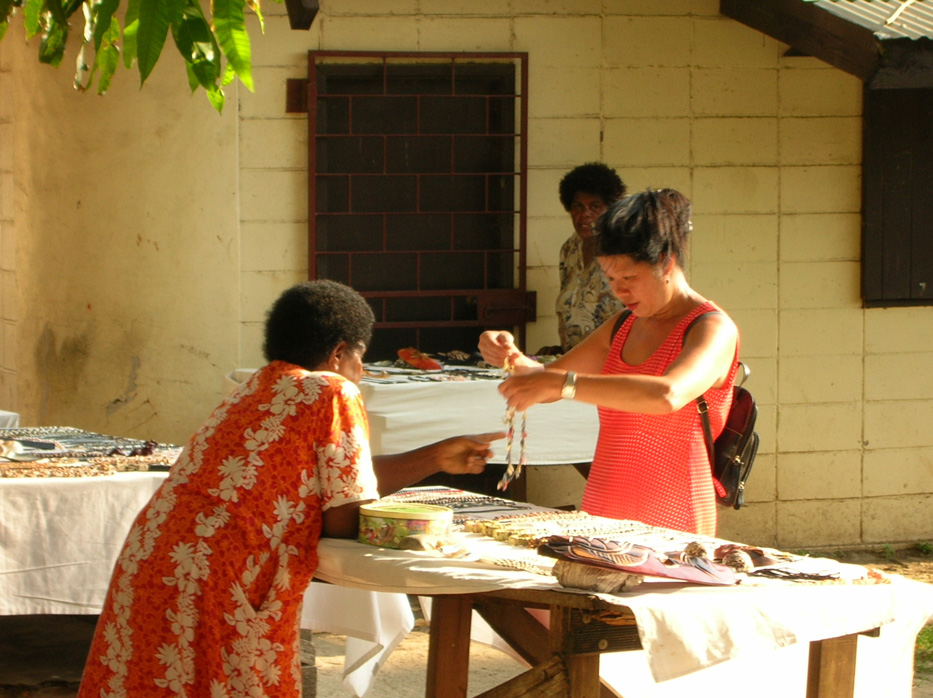
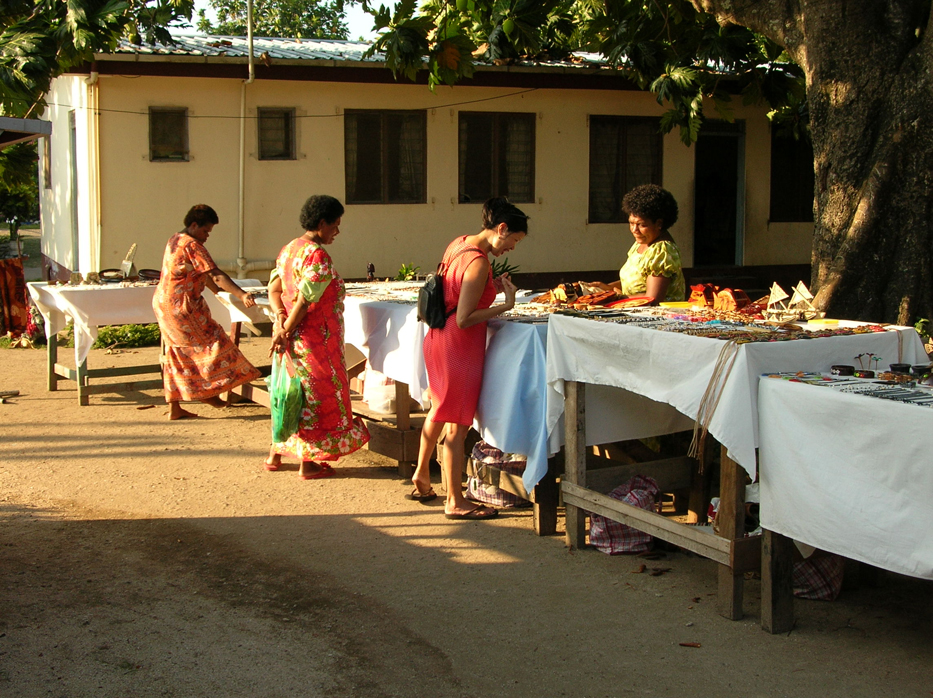
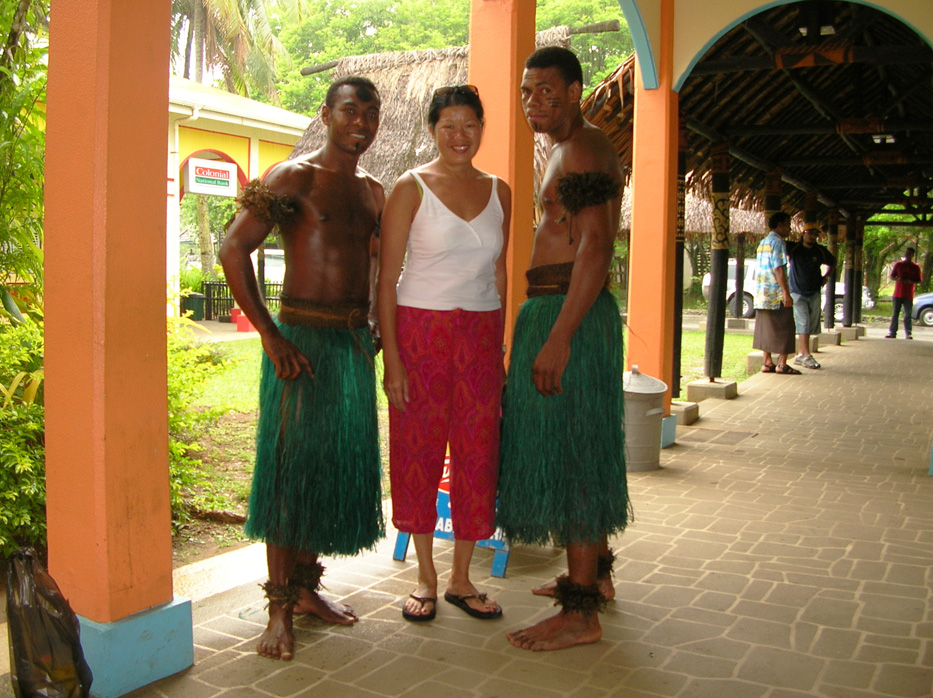
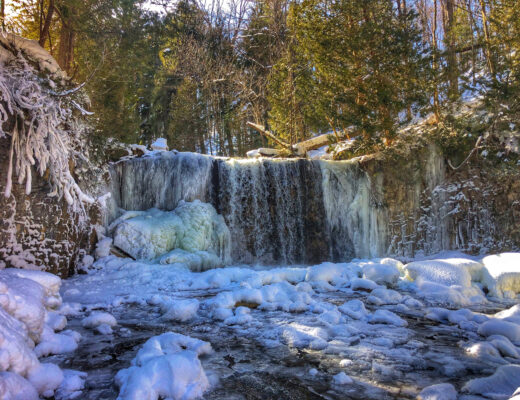
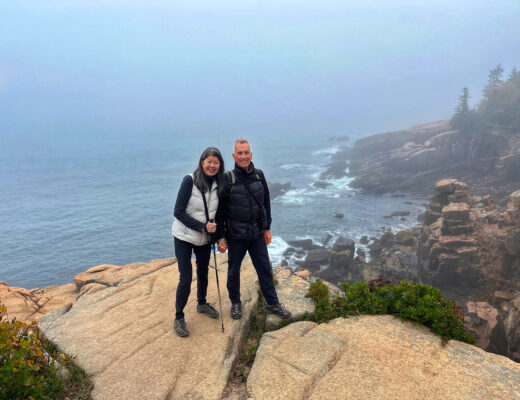
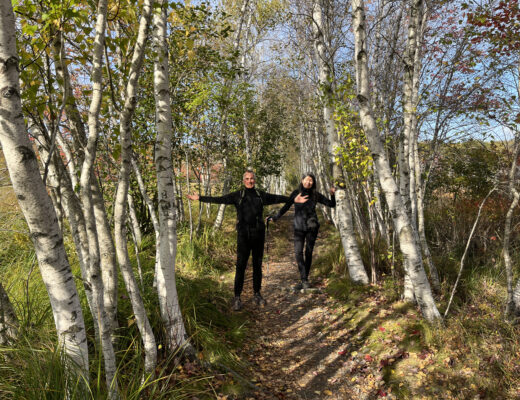

No Comments